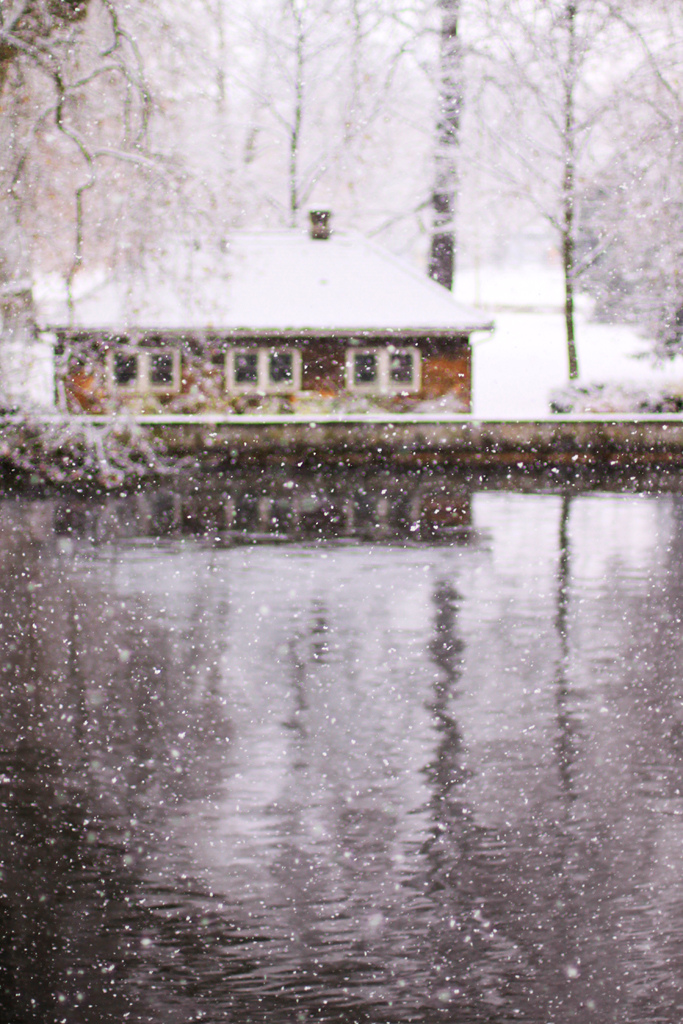The geoAzimuthalEquidistant() function in d3.js is used to draw the Azimuthal equidistant projection from the given geojson data. It is a map projection where all the points on the map are at correct distances from the center point proportionally. Also, all points on the map are in the correct direction from the center point.
Syntax:
d3.geoAzimuthalEquidistant()
Parameters: This method does not accept any parameters.
Return Value: This method returns the Azimuthal equidistant projection.
Example 1: The following example draws the Azimuthal equidistant projection of the world with the center at (0,0).
HTML
<html><head> </script> <script src= </script></head><body> <div style="width:800px; height:600px;"> <center> <h3 style="color:black"> AzimuthalEquidistant Projection of World </h3> </center> <svg width="700" height="550"> </svg> </div> <script> var svg = d3.select("svg"), width = +svg.attr("width"), height = +svg.attr("height"); // AzimuthalEquidistant projection var gfg = d3.geoAzimuthalEquidistant() .scale(width / 1.5 / Math.PI) .translate([width / 2, height / 2]); // Loading the geojson data d3.json("https://raw.githubusercontent.com/" + "janasayantan/datageojson/master/" + "geoworld%20.json", function (data) { // Draw the map svg.append("g") .selectAll("path") .data(data.features) .enter().append("path") .attr("fill", "Silver") .attr("d", d3.geoPath() .projection(gfg) ) .style("stroke", "#ffff") }); </script></body></html> |
Output:
Example 2: The following example makes Azimuthal equidistant projection centered at(-10,0) and rotated 10 degrees anti-clockwise with respect to the x-axis.
HTML
<!DOCTYPE html><html><head> </script> <script src= </script></head><body> <div style="width:700px; height:600px;"> <center> <h3 style="color:grey"> AzimuthalEquidistant Projection of World </h3> </center> <svg width="700" height="550"> </svg> </div> <script> var svg = d3.select("svg"), width = +svg.attr("width"), height = +svg.attr("height"); // AzimuthalEquidistant projection // Center(0,-10) and rotating -10 degree var gfg = d3.geoAzimuthalEquidistant() .scale(width / 1.5 / Math.PI) .rotate([-10, 0]) .center([0, -10]) .translate([width / 2, height / 2]); // Loading the geojson data d3.json("https://raw.githubusercontent.com/" + "janasayantan/datageojson/master/" + "world.json", function (data) { // Draw the map svg.append("g") .selectAll("path") .data(data.features) .enter().append("path") .attr("fill", "green") .attr("d", d3.geoPath() .projection(gfg) ) .style("stroke", "#ffff") }); </script></body></html> |
Output:






